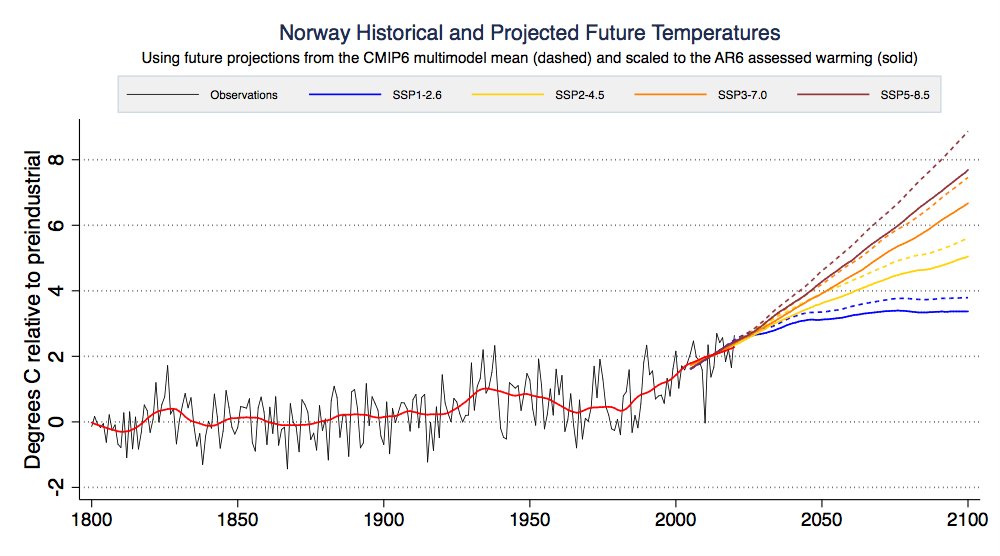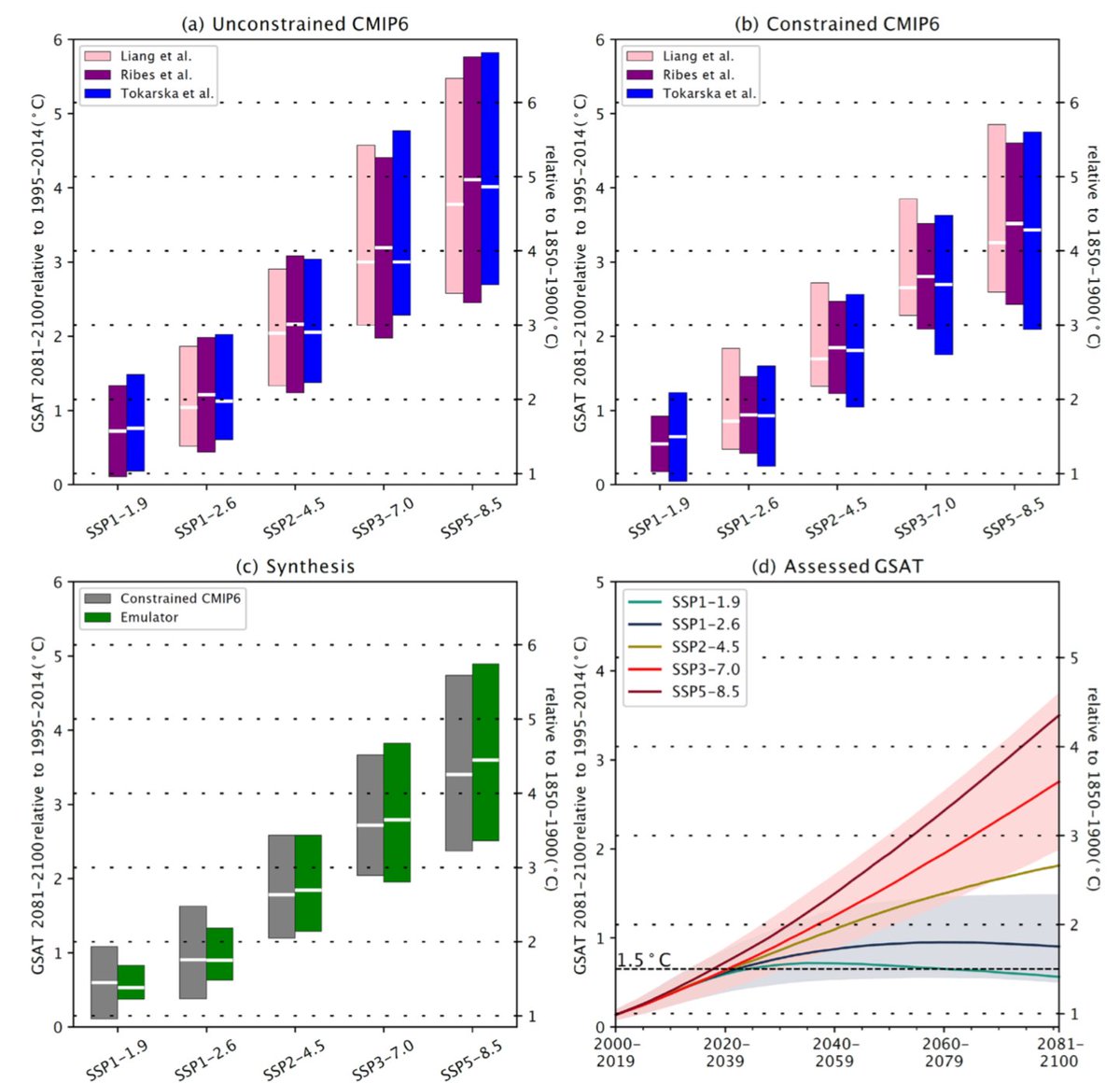
Oil and gas prices have been skyrocketing in recent months. This is effectively a carbon price – and a pretty high one at $67 per ton CO2 for oil and $62 per ton for gas relative to January 1st 2021 prices – but only as long as prices don't fall: nytimes.com/2021/10/04/bus…
Note that while expensive oil and gas can make clean energy alternatives more cost-competitive, there are real equity impacts on poor households for whom energy is a non-trivial part of their budget.
My assumptions (in case its helpful):
oil_price = 77 - 48. //dollars per barrel
oil_carbon = 0.43080 //tons per barrel
gas_price = 6 - 2.6 //dollars per million btu
gas_carbon = 0.0544311 //tons per million btu
oil_price = 77 - 48. //dollars per barrel
oil_carbon = 0.43080 //tons per barrel
gas_price = 6 - 2.6 //dollars per million btu
gas_carbon = 0.0544311 //tons per million btu
• • •
Missing some Tweet in this thread? You can try to
force a refresh













